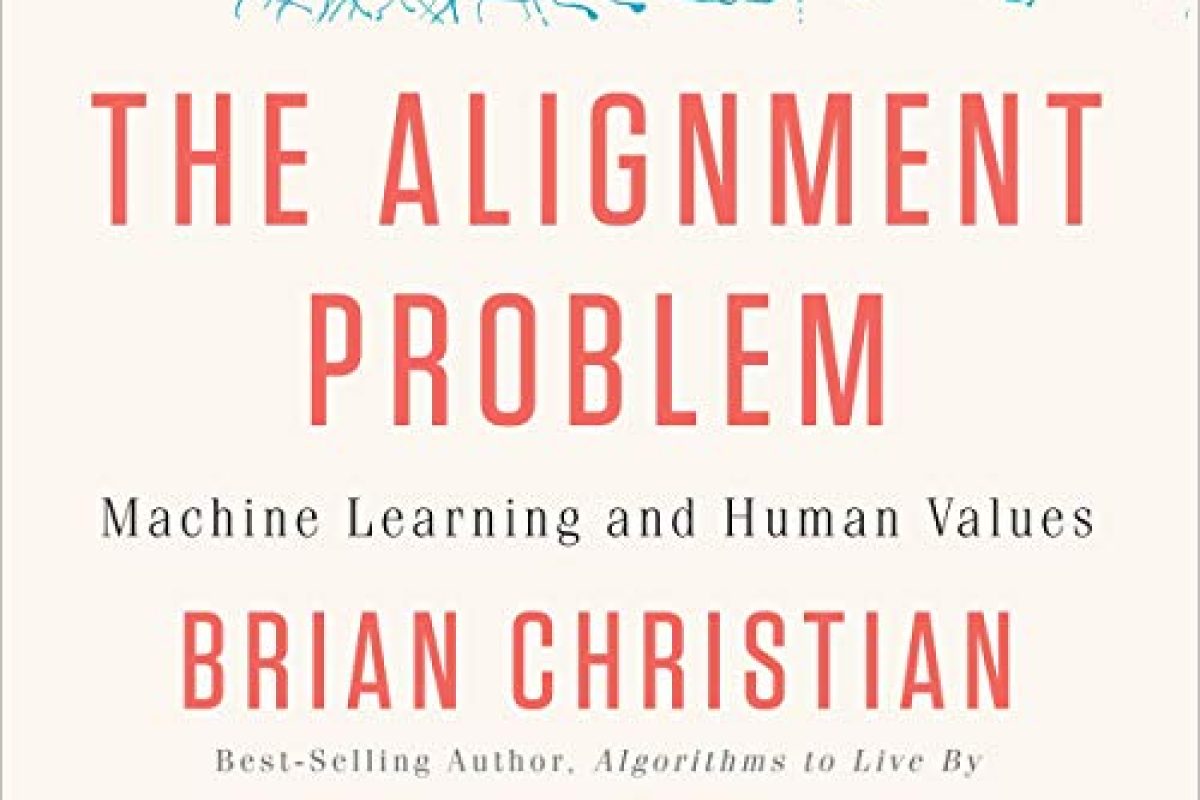In “The Alignment Problem: Machine Learning and Human Values,” the author navigates the intricate landscape where machine learning intersects with ethics, offering a comprehensive look into one of the most critical challenges of the AI era. The alignment problem, at its core, is about the potential for machine learning algorithms to diverge from human values and intentions, with possibly dire consequences. This book serves as both a cautionary tale and a roadmap for how to approach this problem in an era increasingly dominated by machine learning applications.
One of the most compelling aspects of the book is its multidisciplinary scope. Drawing on interviews with leading researchers, ethicists, and engineers, the author constructs a well-rounded narrative that is both technically rigorous and morally grounded. The book explores real-world cases where the alignment problem has manifested, from facial recognition biases to misbehaving chatbots, presenting a compelling argument for why this issue deserves immediate attention.
The author’s approach to solutions is both pragmatic and optimistic. Rather than resigning to the idea that machines will inevitably deviate from human values, the book showcases emerging strategies for better aligning algorithms with ethical considerations. It delves into methods like explainability, fairness-aware machine learning, and value-sensitive design, presenting them not just as technical tweaks but as fundamental shifts in how we approach machine learning.
However, the book might be daunting for those without a basic understanding of machine learning, as it often delves into technical details that could overwhelm the lay reader. While this depth adds richness to the narrative, a more gentle introduction to some of the technicalities would make the book more accessible.
In summary, “The Alignment Problem” is an essential read for anyone concerned about the ethical implications of machine learning. Its thorough examination of the challenges and proposed solutions makes it a crucial addition to the dialogue on AI ethics. The book succeeds in transforming what could be an abstract, esoteric subject into a tangible and urgent concern, providing thought-provoking insights and actionable solutions for both technical and non-technical audiences alike.




